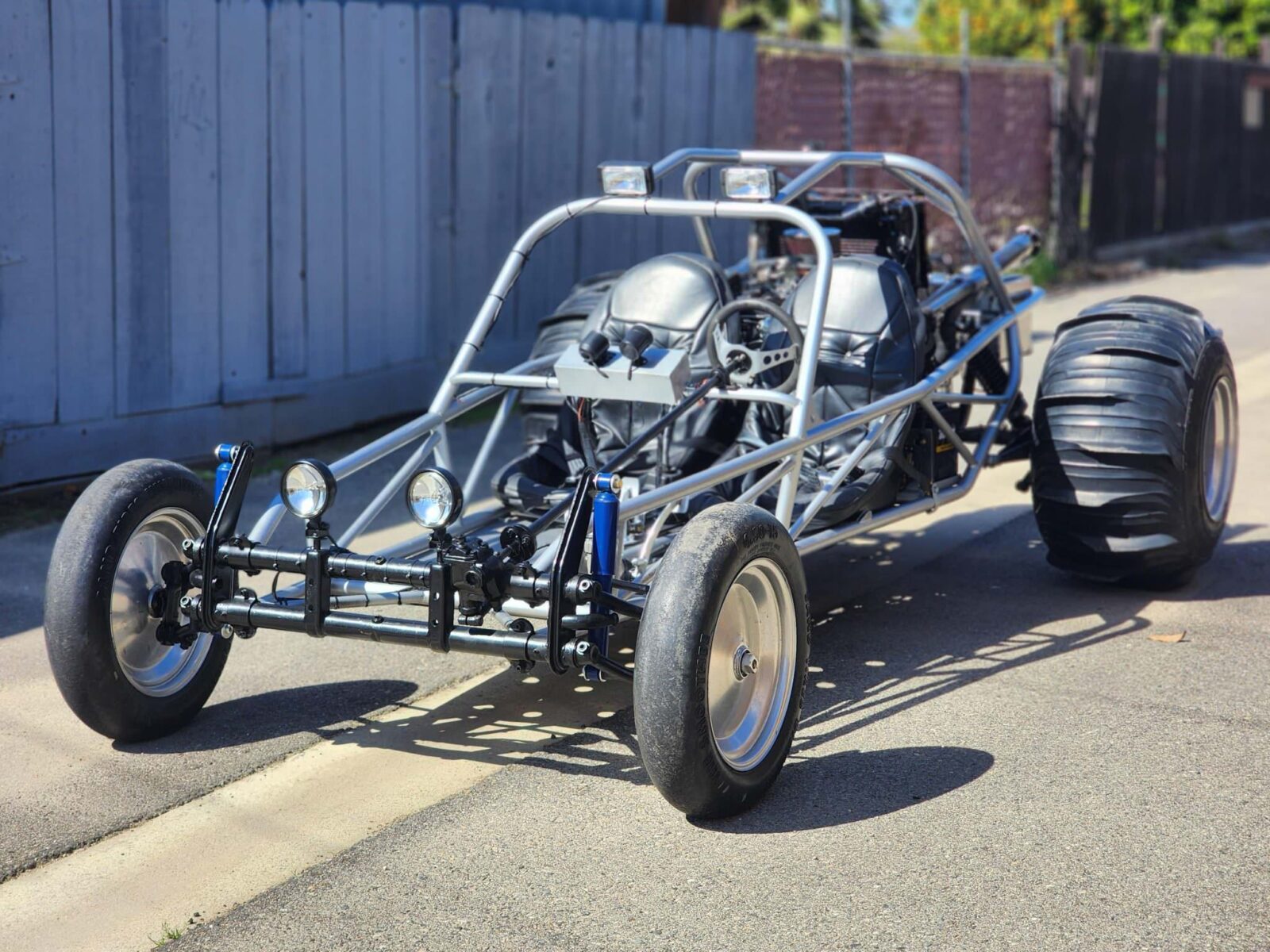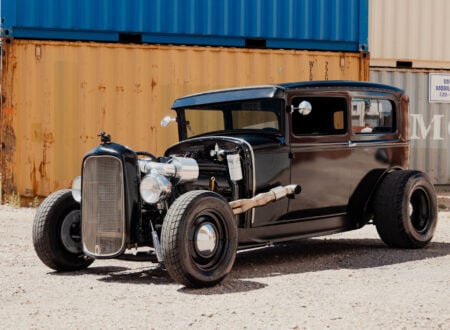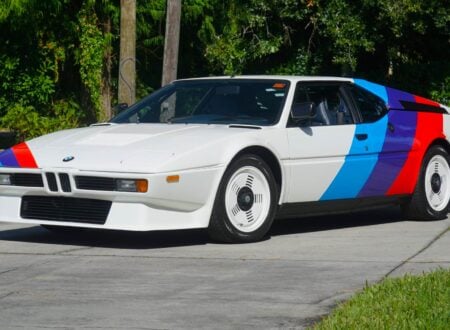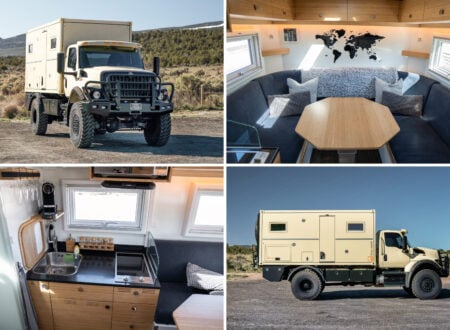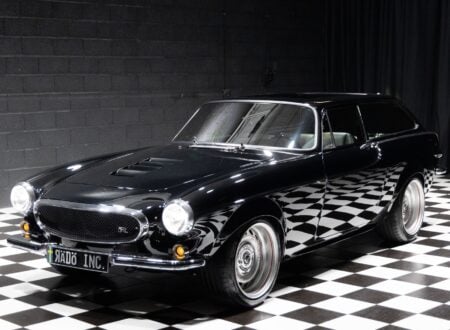This is a 1970s-era sand rail (dune buggy) that’s powered by an alloy Buick 215 V8 engine sending power to those hefty rear wheels.
Sand rails were the original sports cars of the sand dunes, typically built with tubular steel frames with seating for two, rear or mid-mounted engines, and very little in the way of excess weight or luxuries. The example shown here is a “super” sand rail of sorts, thanks to its mid-mounted V8 offering a blistering power-to-weight ratio.
Fast Facts – A Mid-Engined V8 Sand Rail
- Sand rails emerged after World War II in Southern California as lightweight, purpose-built off-road vehicles for sand and desert environments. Initially, enthusiasts stripped down existing cars to improve mobility, later leading to the development of tubular steel frame vehicles with little bodywork, designed for maximum performance and minimum weight.
- The EMPI Sportster was one of the first dune buggy kits available in the late 1950s, using shortened Volkswagen Beetle chassis and components. Bruce Meyers’ 1964 Meyers Manx popularized fiberglass-bodied dune buggies, but true sand rails evolved separately, focusing on open-frame designs to further minimize weight and complexity.
- Sand rails became prominent in competitive off-road events like the Baja 1000, showing off their specialist capabilities. Over time, they evolved to include advanced suspension systems, more powerful engines, and modern safety features, yet largely retained their original philosophy of being lightweight, rugged, and purpose-built for sand and desert conditions.
- The 1970s sand rail shown in this article is powered by a lightweight Buick 215 alloy V8, paired with a rebuilt VW 4-speed transaxle and large Padla Trak tires. Built with a tubular chassis, independent suspension, and minimalist interior, it reflects classic sand rail design cues and engineering, and is being sold with a California Special Construction title.
Sand Rails: A History Speedrun
The evolution of sand rails is rooted in the post-World War II era, particularly in Southern California, where vast beaches, sand dunes, and desert terrain became a playground for automotive and motorcycle enthusiasts seeking thrills, perhaps as a way of coping with the physically and emotionally charged environment of the conflict they had just endured.
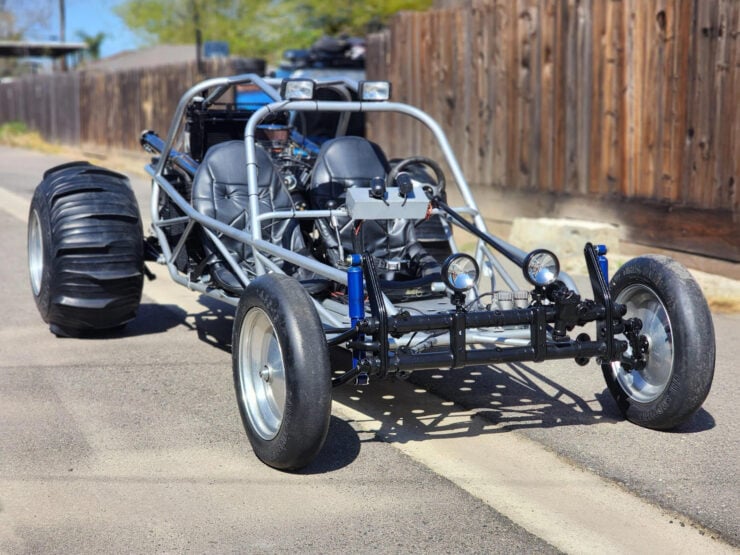

The initial forays into off-road vehicles largely involved stripping down existing cars to their bare essentials, aiming to reduce weight as much as possible and improve performance in deep sand and other challenging topography. These early mods laid the groundwork for the development of specialized vehicles designed solely for sand dune and desert use.
The EMPI Sportster Arrives
In the late 1950s, the EMPI Sportster emerged as one of the first commercially available dune buggy kits. Designed to bolt onto a shortened Volkswagen Beetle floorpan, it featured an angular sheet metal body that was reminiscent of military vehicles of the time.
The EMPI Sportster kit allowed enthusiasts to transform readily available Beetles, which were a dime-a-dozen at the time, into off-road buggies. They used the Beetle’s suspension, brakes, steering, floorpan, and rear-engined layout, which provided ideal weight distribution for driving in deep sand.
The Arrival Of The Meyers Manx
The 1960s marked a significant turning point with Bruce Meyers’ introduction of the Meyers Manx in 1964. Meyers, leveraged his experience in fiberglass construction from boat building and developed a lightweight, fiberglass body mounted on a shortened Beetle chassis.
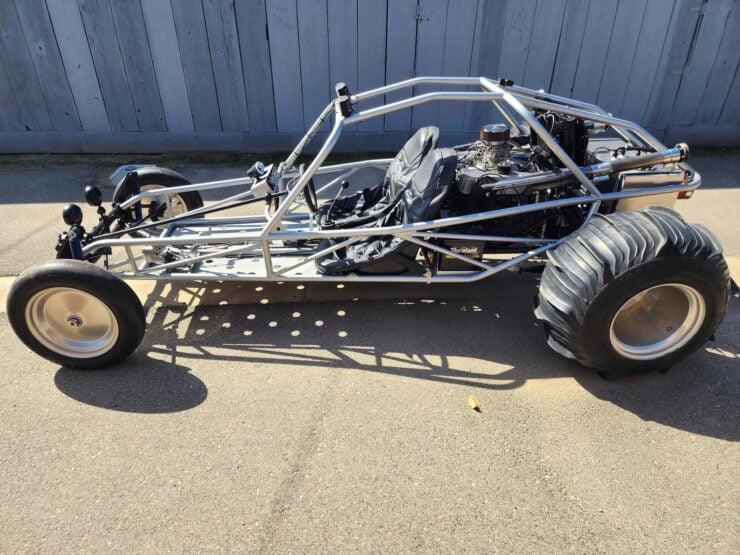

The Manx’s design was groundbreaking, it kept the total weight of the vehicle low, while offering plenty of space for wheel articulation, an open cabin, and an open engine bay for optimal cooling flow for that air-cooled VW flat-four. The success of the Meyers Manx was vastly amplified by period media exposure, including features in prominent automotive magazines, which propelled Bruce Meyers’ dune buggy into mainstream popularity.
The term “sand rail” began to gain prominence in the 1960s, distinguishing these vehicles from traditional dune buggies. Unlike the fiberglass-bodied Manx, sand rails featured a tubular steel frame usually without major body panels. This design choice was made to keep weight and complexity low, and it resulted in vehicles that were lighter and more maneuverable.
The adaptability of the Volkswagen Beetle’s drivetrain and other components played a crucial role in the proliferation of both dune buggies and sand rails. Its air-cooled engine, simple independent front and rear suspension, and rear-wheel-drive layout made it an ideal donor vehicle.
Enthusiasts could easily source parts and modify their vehicles to suit specific off-road needs, and there was ample knowledge regarding maintenance and upgrades that owners could count on.
Sand Rails In Racing
As the popularity of these vehicles grew, so did their presence in competitive off-road racing. Events like the Baja 1000 showed the capabilities of sand rails and Meyers Manxes, with many competitors opting for the lightweight vehicles to tackle grueling desert terrain that seemingly went on forever.


Over the decades, sand rails have evolved, incorporating significant technological advancements in suspension technology, engines and drivetrains, and safety features – that last item being something that early dune buggies typically didn’t have a whole lot of.
Modern sand rails often have advanced long-travel suspension systems, high-horsepower engines, and state-of-the-art spaceframe chassis to handle the rigors of off-road racing and enthusiastic recreational use.
Despite these improvements, the core philosophy of the sand rail remained unchanged: a lightweight, minimalist, purpose-built vehicle designed to excel in deep sand and desert environments.
The Mid-Engined V8-Powered Sand Rail Shown Here
The sand rail you see here is almost certainly the fastest of its kind that we have ever featured on Silodrome – largely thanks to the fact that it’s powered by an upgraded Buick 215 V8.
That Buick V8 has a displacement of 215 cubic inches or 3.5 liters. It has an aluminum alloy block and heads, and the rights and tooling would later be bought by Rover in the UK who would turn it into the Rover V8.
Thanks to its low weight it can make a great racing engine, particularly in applications like sand rails where low weight is a critical priority. In this sand rail the engine is sending power back through a rebuilt VW 4-speed transaxle to those hefty 16.50-15 Padla Trak rear tires. A pair of 4.50-15 Smoothee tires are fitted up front, giving the vehicle that classic sand rail stance.


It has a full tubular chassis with modified, independent suspension front and back. It has chrome-finished rear drum brakes and no front brakes – a common layout on buggies of this type. Inside you’ll find seating for two, and nice simple analog controls including a steering wheel, gear shifter, and three pedals.
This V8 sand rail is now being offered for sale out of Ceres, California with a California Special Construction title in the seller’s name. If you’d like to read more about it or place a bid you can visit the listing here.
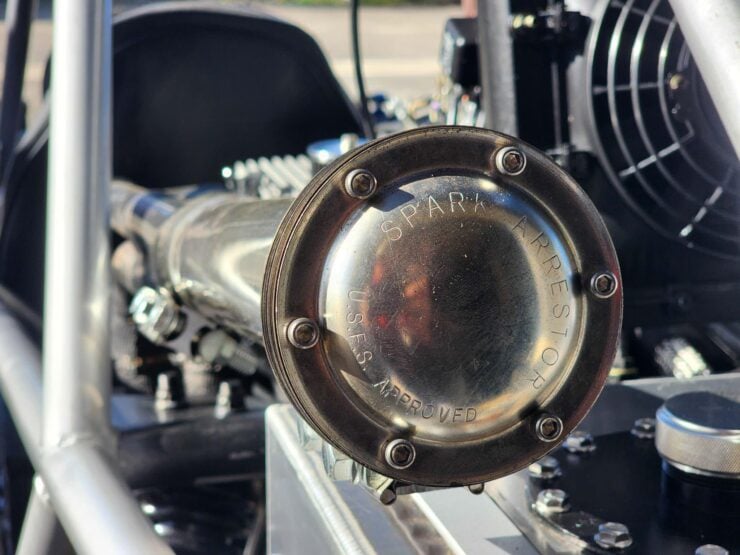
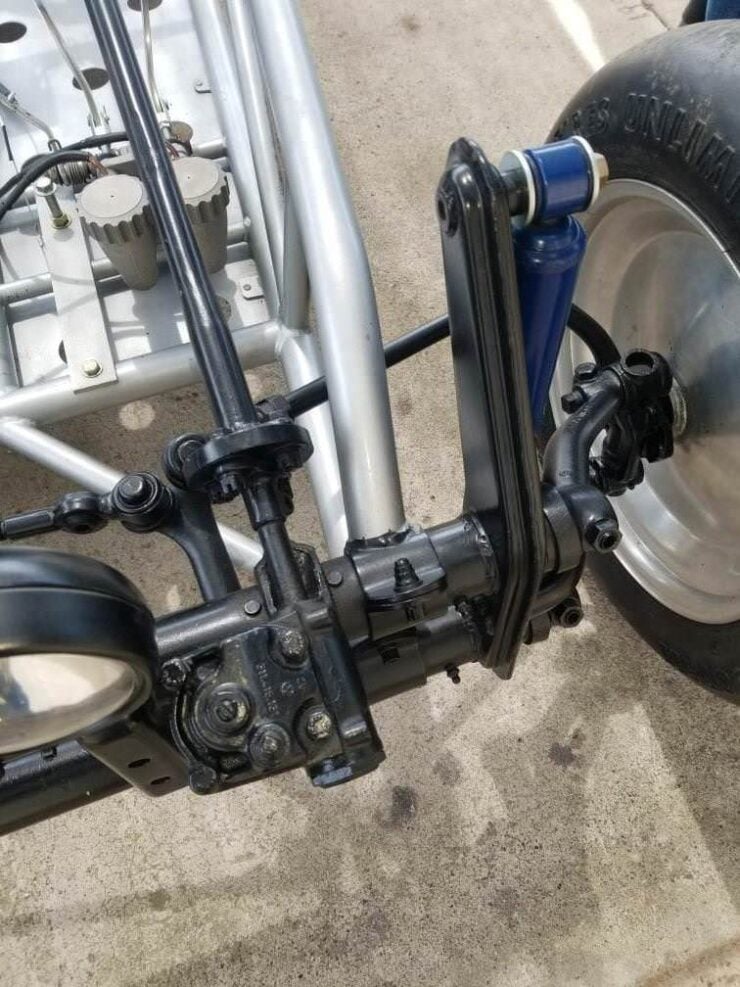
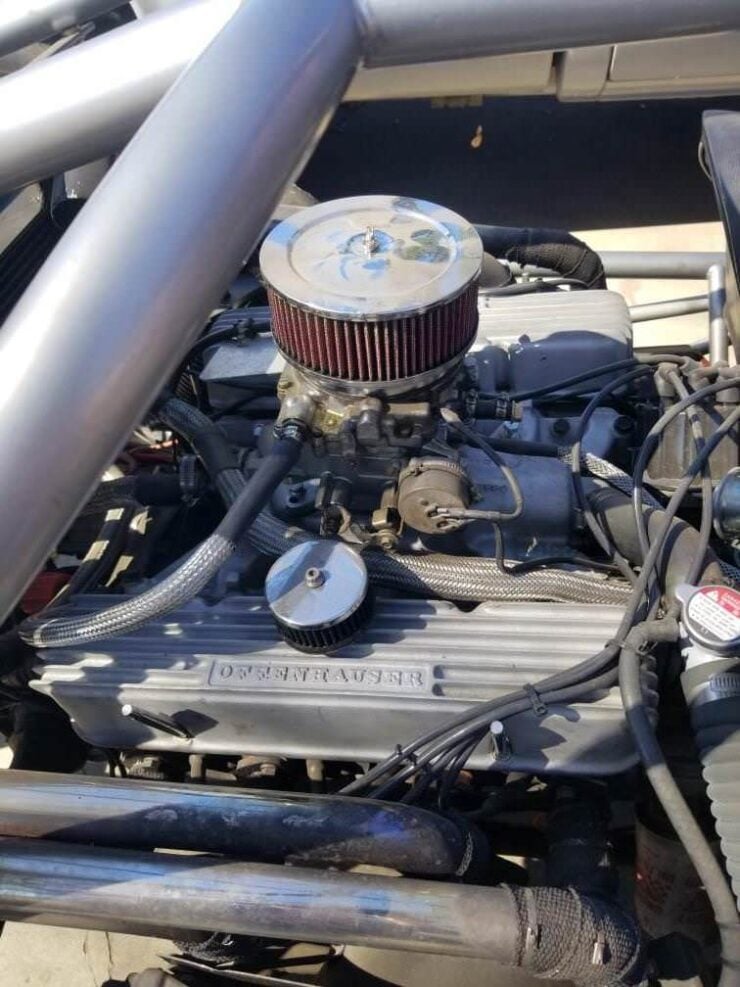

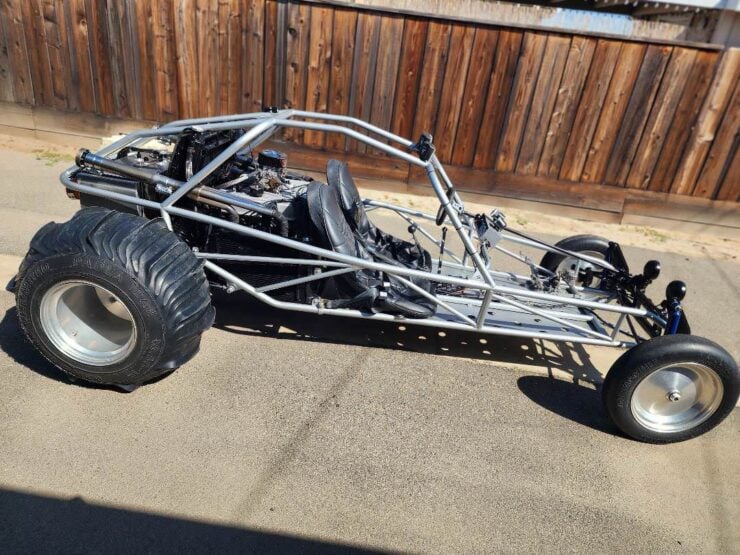
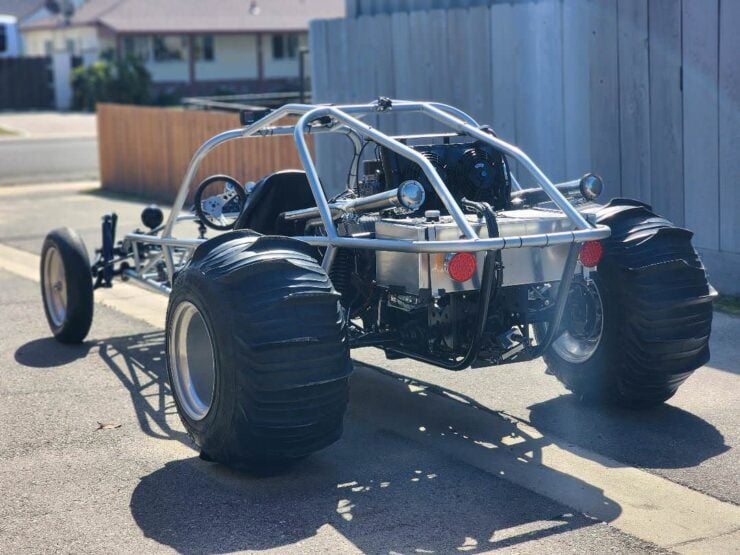
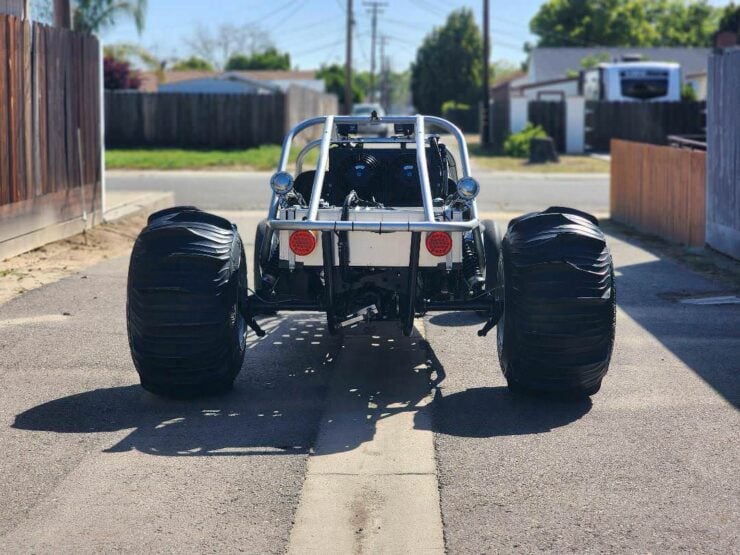
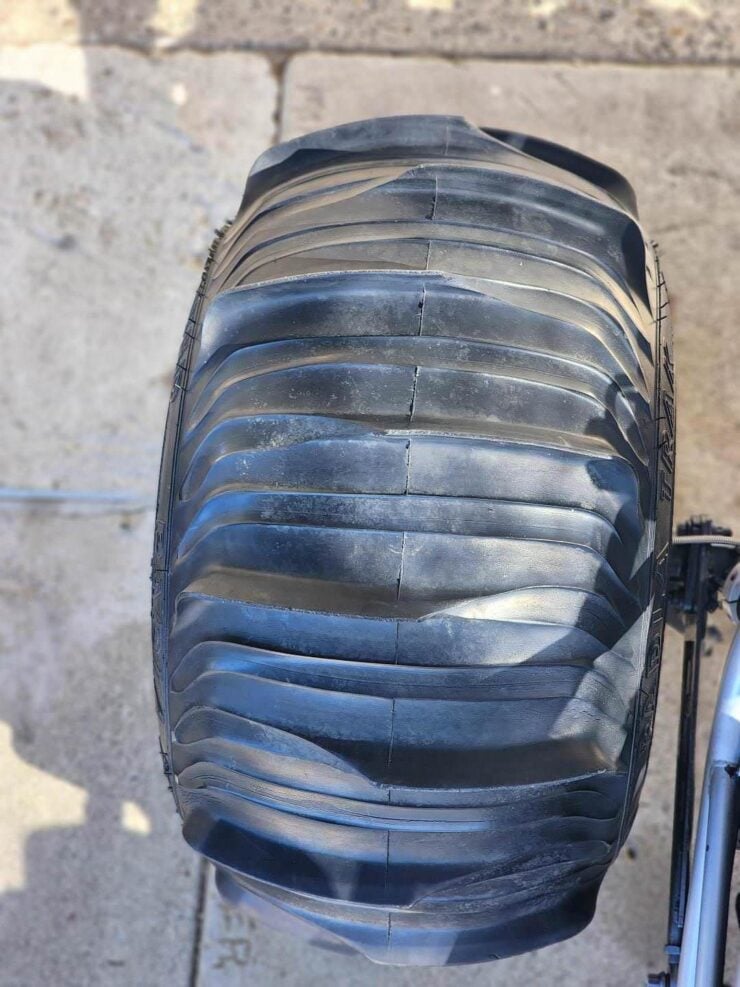
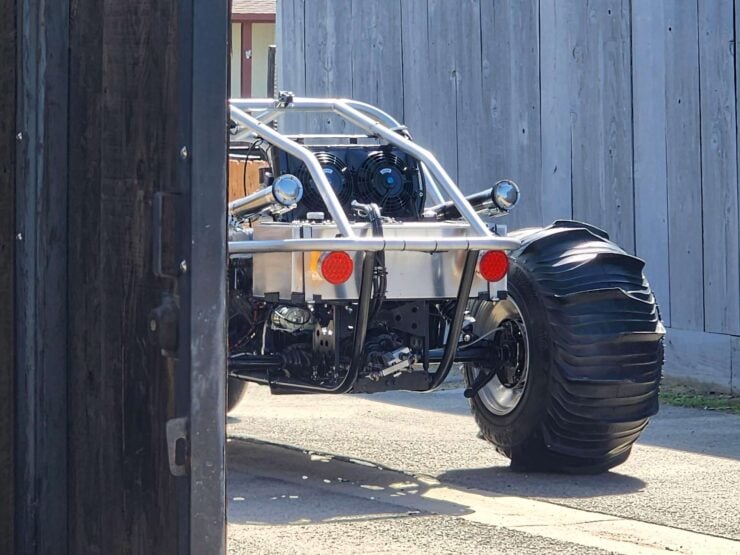
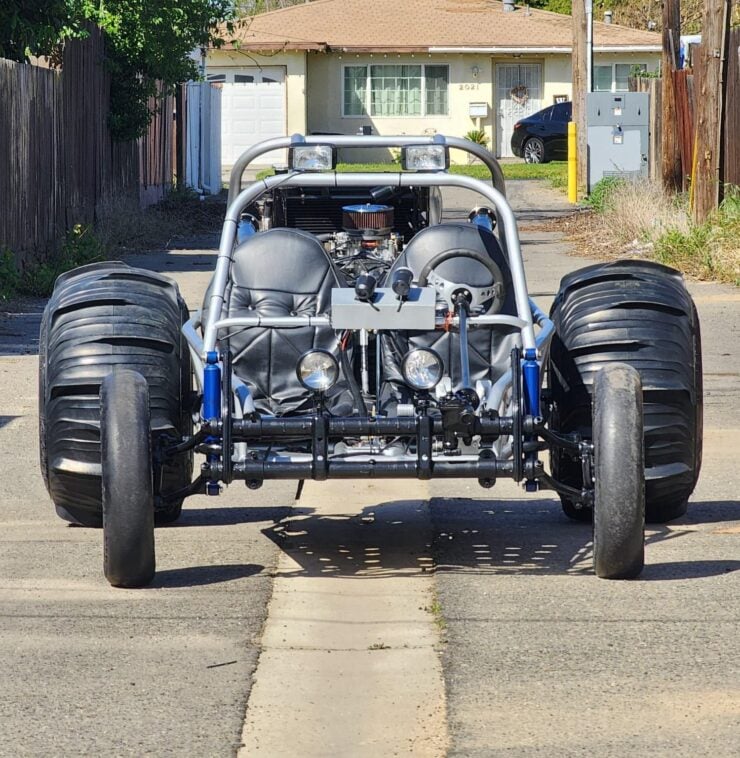
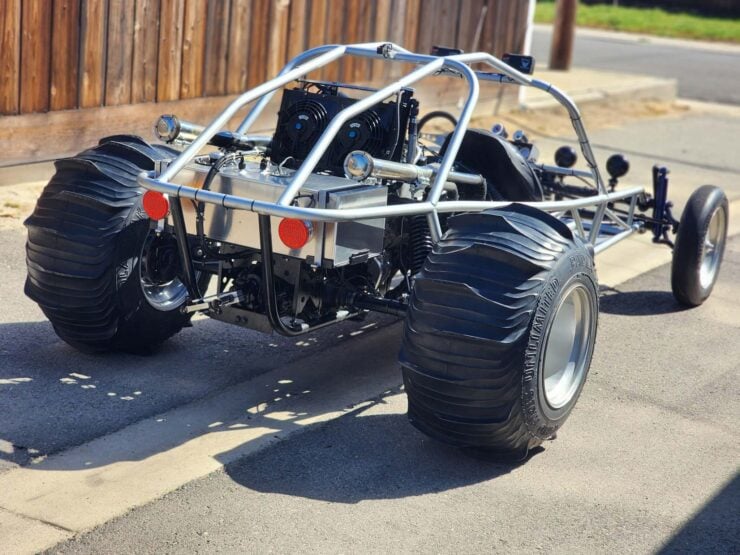
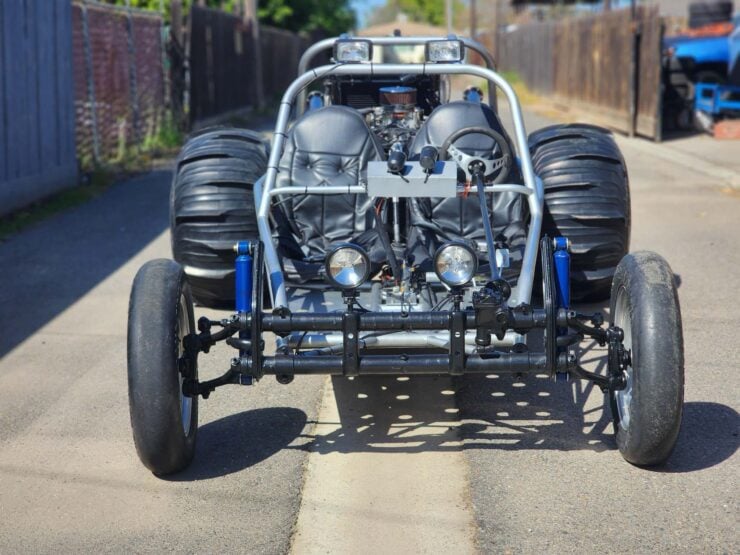
Images courtesy of Bring a Trailer

